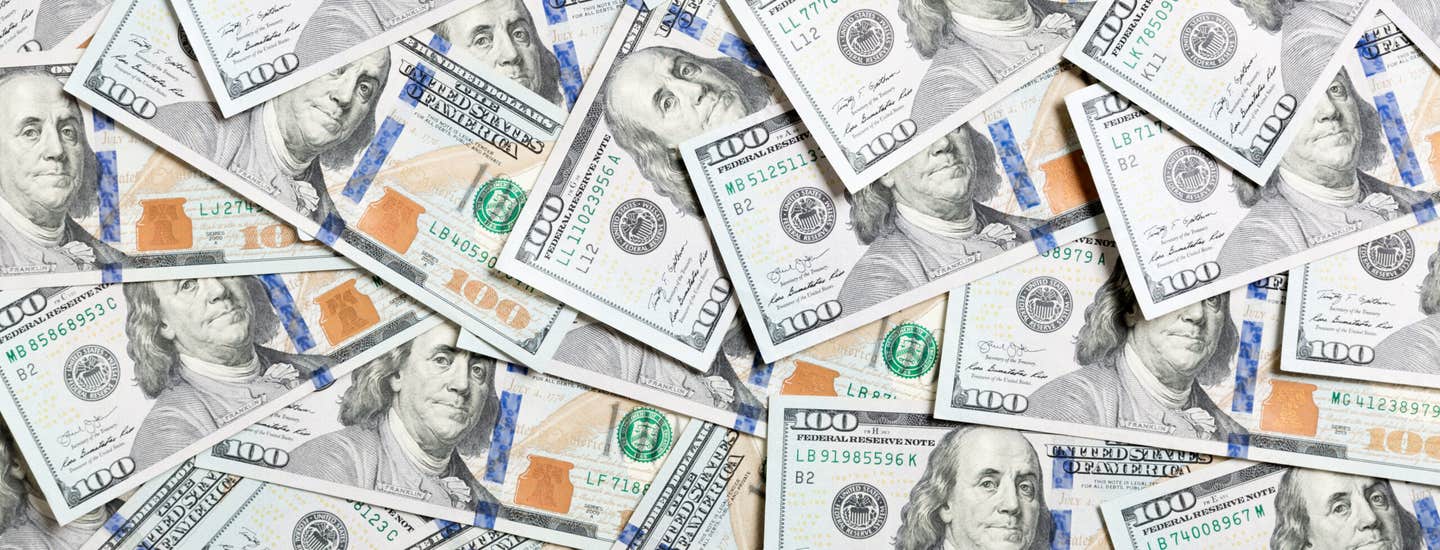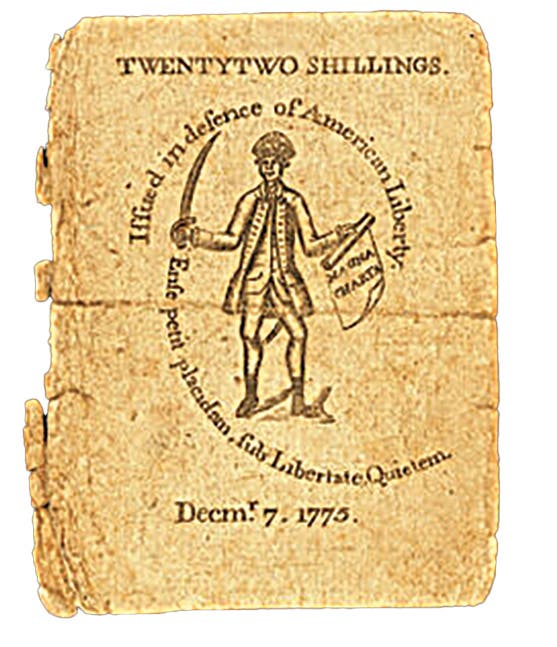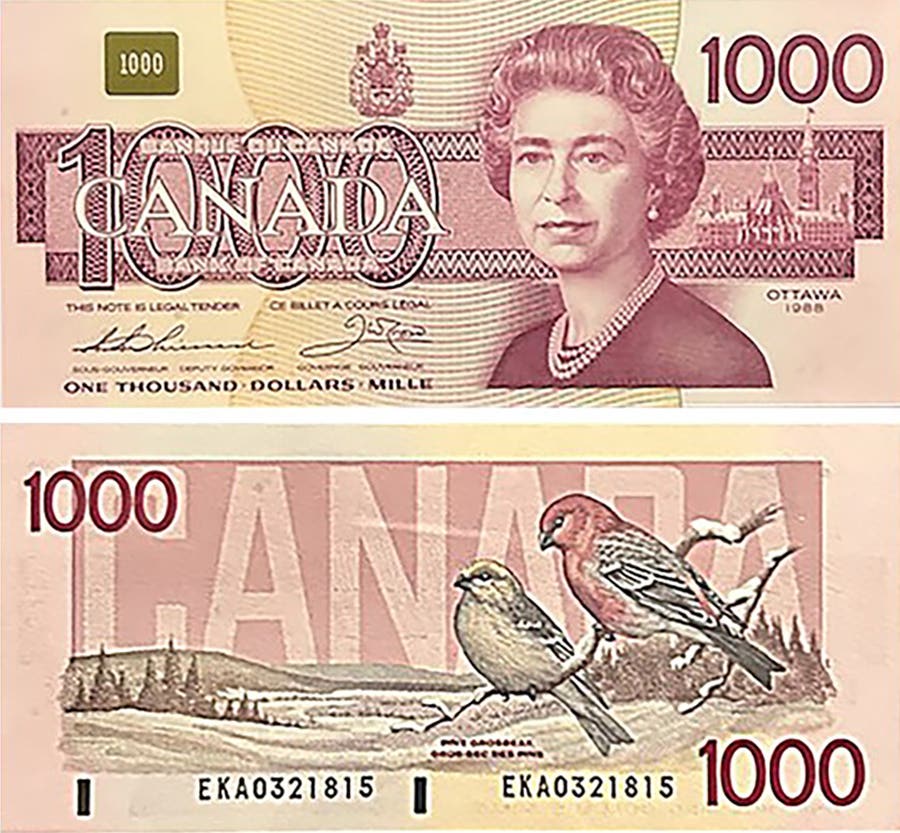Collecting Southeast Asian Notes with Howard Daniel, III
This month I have interviewed Howard Daniel III, a collector, researcher and writer on Southeast Asian coins and currency, to share some of his thoughts on collecting and identifying bank…
This month I have interviewed Howard Daniel III, a collector, researcher and writer on Southeast Asian coins and currency, to share some of his thoughts on collecting and identifying bank notes. Daniel III, has authored many volumes on Southeast Asian Coins and Currency that are great sources of documentation for both existing coins and notes.
Q: How long have you been a bank note collector?
A: I was in the 6th grade in Fort Lauderdale, Florida in 1952 when I started earning money selling newspapers. When I was walking home after school, I used to stop at an “antique” store. There was a large box with mostly Indian Head Cents, Florida tokens, and Confederate paper money and I started buying them.
Q: What type of bank notes do you collect the most?
A: I first started collecting Viet Nam in 1964, then Cambodia, Laos, Thailand, Burma and the rest of Southeast Asia. But I held on to my old collection until 1973. Within a few years, my Vietnamese collection grew to have the largest number of bank notes and related pieces, and I am still adding more pieces to it.
Q: What is the most interesting bank note you have encountered?
A: There exists a 5 Dong note printed from 1949 by the Democratic Republic of Viet Nam to circulate in the Mekong Delta during the First Indochina War. This note is D-62 (Pick-17) in my Democratic Republic of Viet Nam Coins & Currency catalog. I always try to include the numbers of notes printed for each type and variety. There are two block letters, one serial prefix letter and six serial numbers on the most common variety. I could not break the format into the numbers printed until I had bought over 2000 of them in about a ten-year period! At the time of my research, I could buy them for Cents each but now they sell for Dollars each. Its block letters, serial prefix letters and serial number format was also used on some other notes so after I solved it for the D-62 note, it also gave me the numbers printed for the other notes.
Q: What is the most memorable or noteworthy acquisition in your collection?
A: My most memorable purchase is a unique survivor note from Phan Boi Chau, famous for his attacks against the French in 1921. The note was in a Hong Kong auction and incorrectly identified as a local Chinese note with an estimate of about US$50. I was going to bid US$1000 for it but I asked Joseph E. Boling for his advice about my bid. Joe told me to make it something less than US$100 otherwise they would pull it from the auction to find out its real value. I think I bid US$85 and got it. I was going to have a heart attack if I did not get it! It is a priceless and one of two unique survivors of Vietnamese paper money! There is only one other earlier unique survivor Vietnamese note from the same issuer in 1915 and it is owned by a Vietnamese living in Europe. Both are cataloged in my French Southeast Asia Coins & Currency catalog.
Q: What inspired you to write your books on bank notes from Southeast Asia?
A: When I was in the Army in 1964, an advanced collector of East Asia, John Novak, tried to convince me to collect and write about Viet Nam, and especially its cash-style coins. I kept refusing until one day he hit my “on” button by telling me that it was likely too difficult for me to handle! What? I was hooked. Right away, I could find no ads for Vietnamese (or Annamese) pieces in the numismatic press so I wrote letters to the ANA and ANS librarians and asked if they had any references. Their responses were almost identical except for one or two items. I was now one of a very few interested in Vietnamese numismatics! I slowly started to find references and auction catalogs in foreign languages, and a few dealers with cash-style coins and other pieces, but it was very slim pickings. I started looking into French Cochinchina and Indochina coins and paper money and more of them were available. All of the catalogs were in French, so my first catalog was about the French issues which circulated in Viet Nam, Laos and Cambodia for readers of English.
Many years later, I was often traveling in Southeast Asia and the collectors and dealers would often ask me why I was writing articles for World Coin News and Bank Note Reporter, and my catalogs about their coins and bank notes. I told them it was because I wanted to save the history of their financial instruments so future generations will know about them, and many of the people did not know about the important people on their coins and paper money or the designs on them.
Q: What are some of the most impactful innovations you have encountered in your documentation of Southeast Asian bank notes?
A: After many, many letters to the national banks and finding the people in each country responsible for having their bank notes created, printed and circulated, I would visit the country and discuss their work with them. In every case, I was asked to not write about certain details and I have kept my promises until they release the information themselves.
But one of the biggest innovations which helped a country was Viet Nam’s use of polymer instead of paper for their bank notes. Counterfeits were over 10% of the when the last paper high denomination bank notes circulated in Viet Nam! The vast majority of the counterfeits came from a criminal organization in south China. The governor of the state bank learned about Australia’s polymer and converted his bank notes to it. It was much more difficult to counterfeit but the same criminal organization used a much lower quality polymer, which was easily detected, and Viet Nam also set up a very strong network of informers and agents along the border to catch people trying to import the counterfeits into the country. The number of circulating counterfeits is now far below 1%.
Q: How available are references on Southeast Asian bank notes?
A: There are hundreds of references in my personal library and I have also researched several hundreds more in the libraries of numismatic publications; national and local museums and libraries; personal libraries; collections of collectors and dealers; and with many people in related and unrelated fields. I cannot name all of them here, but their names and contributions are in my catalogs and my old articles in World Coin News and Bank Note Reporter. One of my best sources for modern paper money (and coins) are the Interpol reports on new issues and counterfeits of them. The Standard Catalog of World Paper Money editions have also been excellent sources and I have sent updates to them as I discover more pieces.
Q: Over the course of your career and study of bank notes, what do you think has most impacted currency growth and development?
A: When I first started collecting Southeast Asian bank notes in 1964, there were numerous very active revolutions in almost every country. These revolutions greatly dampened their economies. After all of the major revolutions stopped and there are now only a few active minor revolutionary groups, the great majority of the people can now concentrate on improving their countries. I have seen the great advances in their economies and most of their people have much better lives. This has greatly increased the number of bank notes (and coins) in circulation.
Q: What do you think has most impacted the market for Southeast Asian notes?
A: The number of locally published specialty catalogs for each country which includes values has steadily grown as the economy in each country as gotten better. I am now publishing catalogs only for countries where none with values are being published by local numismatists. As my catalogs and related books from local numismatists are bought, they are creating more and more collectors because they now have the information and values for each piece to guide them. In Viet Nam, there used to be about 50 collectors in the entire country before 2010. As my catalogs were sold, new collectors also got their friends interested in numismatics; and Facebook has also spread numismatics; more and more collectors were created. Then a close friend of mine, Mr. Phat, started publishing a quarterly magazine called Vietnam Numismatics. I would now estimate there are about 10,000+ numismatists in Viet Nam!
Q: What do you most want people to understand and appreciate about bank notes?
A: It was a big surprise for me to see the current collectors in Viet Nam collecting bank notes (and coins) from the old Republic of Viet Nam. When I asked them why, they told me the scenes and people on them were still Vietnamese and they wanted them because of their designs and did not care which government issued them! I think most people can understand and appreciate the designs of their bank notes after they acquire a catalog and periodical sources like the Vietnam Numismatics magazine and the Bank Note Reporter newspaper and learn more about the designs.








